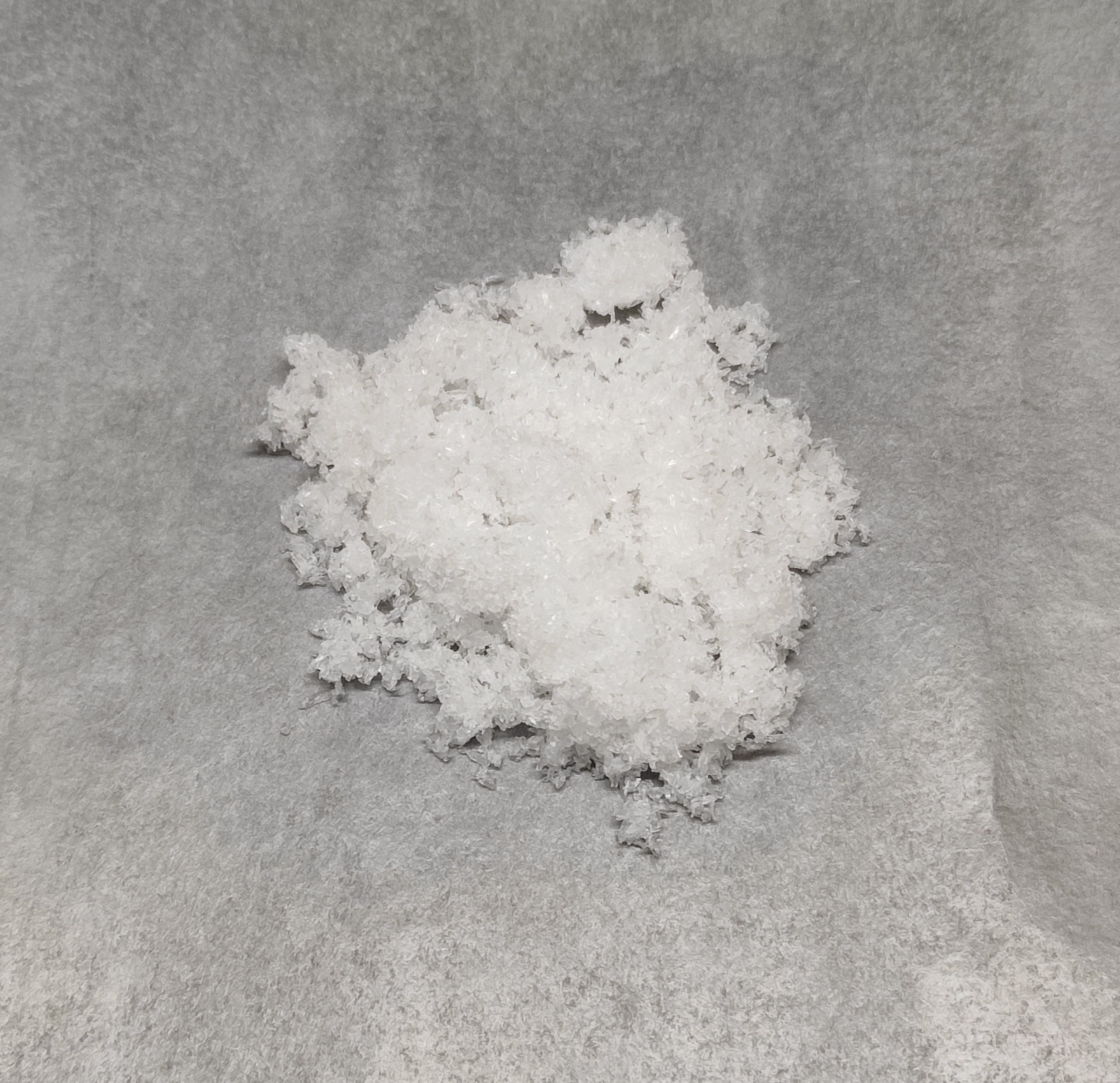|
Dimethylaminopropionylphenothiazine
Dimethylaminopropionylphenothiazine or 10-(alpha-dimethylaminopropionyl)phenothiazine is an antispasmodic An antispasmodic (synonym: spasmolytic) is a pharmaceutical drug or other agent that suppresses muscle spasms. Smooth muscle spasm One type of antispasmodics is used for smooth muscle relaxation, especially in tubular organs of the gastrointestina .... References Phenothiazines Acetamides {{gastrointestinal-drug-stub ... [...More Info...] [...Related Items...] OR: [Wikipedia] [Google] [Baidu] |
Hydrochloride
In chemistry, a hydrochloride is an acid salt resulting, or regarded as resulting, from the reaction of hydrochloric acid with an organic base (e.g. an amine). An alternative name is chlorhydrate, which comes from French. An archaic alternative name is muriate, derived from hydrochloric acid's ancient name: muriatic acid. Uses Converting amines into their hydrochlorides is a common way to improve their water solubility, which can be desirable for substances used in medications. The European Pharmacopoeia lists more than 200 hydrochlorides as active ingredients in medications. These hydrochlorides, compared to free bases, may more readily dissolve in the gastrointestinal tract and be absorbed into the bloodstream more quickly. Additionally, many hydrochlorides of amines have a longer shelf-life than their respective free bases. Amine hydrochlorides represent latent forms of a more reactive free base. In this regard, formation of an amine hydrochloride confers protection ... [...More Info...] [...Related Items...] OR: [Wikipedia] [Google] [Baidu] |
Antispasmodic
An antispasmodic (synonym: spasmolytic) is a pharmaceutical drug or other agent that suppresses muscle spasms. Smooth muscle spasm One type of antispasmodics is used for smooth muscle relaxation, especially in tubular organs of the gastrointestinal tract. The effect is to prevent spasms of the stomach, intestine or urinary bladder. Both dicyclomine and hyoscyamine are antispasmodic due to their anticholinergic action. Both of these drugs have side effects common to anticholinergics and can worsen gastroesophageal reflux disease (GERD). Papaverine is an opium alkaloid used to treat visceral spasms, particularly those of the intestines. Mebeverine is a papaverine analog and spasmolytic with a strong and selective action on the smooth muscles of the gastrointestinal tract, particularly of the colon. Despite being anticholinergic, it does not have the systemic anticholinergic side effects seen in other such drugs. Peppermint oil has been traditionally used as an antispasmodic, and a r ... [...More Info...] [...Related Items...] OR: [Wikipedia] [Google] [Baidu] |
Phenothiazines
Phenothiazine, abbreviated PTZ, is an organic compound that has the formula S(C6H4)2NH and is related to the thiazine-class of heterocyclic compounds. Derivatives of phenothiazine are highly bioactive and have widespread use and rich history. The derivatives chlorpromazine and promethazine revolutionized the fields of psychiatry and allergy treatment, respectively. An earlier derivative, methylene blue, was one of the first antimalarial drugs, and derivatives of phenothiazine are currently under investigation as possible anti-infective drugs. Phenothiazine is a prototypical pharmaceutical lead structure in medicinal chemistry. Uses Phenothiazine itself is only of theoretical interest, but derivatives of it revolutionized psychiatry, other fields of medicine, and pest management. Other derivatives have been studied for possible use in advanced batteries and fuel cells. Phenothiazine-derived drugs In 1876, methylene blue, a derivative of phenothiazine, was synthesized by ... [...More Info...] [...Related Items...] OR: [Wikipedia] [Google] [Baidu] |
